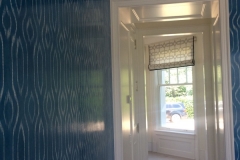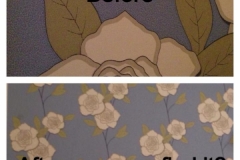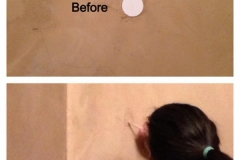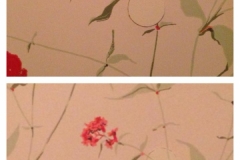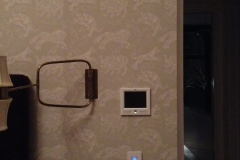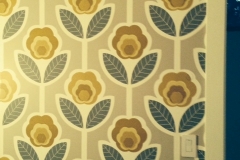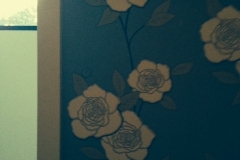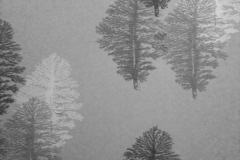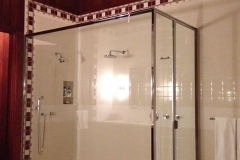SERVICES
Faux Painting Finishes
are terms used to describe a wide range of decorative stain and paint techniques. The term comes from the French word faux -- meaning false. These Faux Finish techniques started as ways to replicate more expensive or high quality materials such as marble, faux wood, texture, plaster using various paint products and techniques. Faux effects have been around for centuries; but have gained popularity in the last several decades. Modern day Faux Finishes include two main processes: glaze work and plaster work. Glaze finishes are the application of a translucent or transparent finish over a base-coat using various brushes, rollers, sponges, combs and mimic a myriad of textures. Plaster work can be tinted, painted or washed over and is usually applied with trowels, knives or spatulas.
- Marbleizing or faux marbling is used to make walls and furniture look like real marble. This can be done using either plaster or glaze techniques.
- Graining , wood graining, or faux bois (French for "fake wood") is often used to imitate exotic or hard-to-find wood varieties.
- Trompe l'oeil , "trick the eye" in French, is a realistic painting technique often used in murals, and to create architectural details.
- Venetian plaster is a smooth and often shiny plaster design that appears textured but is smooth to the touch. Venetian plaster is one of the most popular and traditional plaster decorations.
- Color wash is a free-form finish that creates subtle variations of color using multiple hues of glaze blended together with a paint brush.
- Strié , from the French for 'stripe' or 'streak', is a glazing technique that creates soft thin streaks of color using a paint brush. It is a technique often used to simulate fabrics such as linen and denim.


